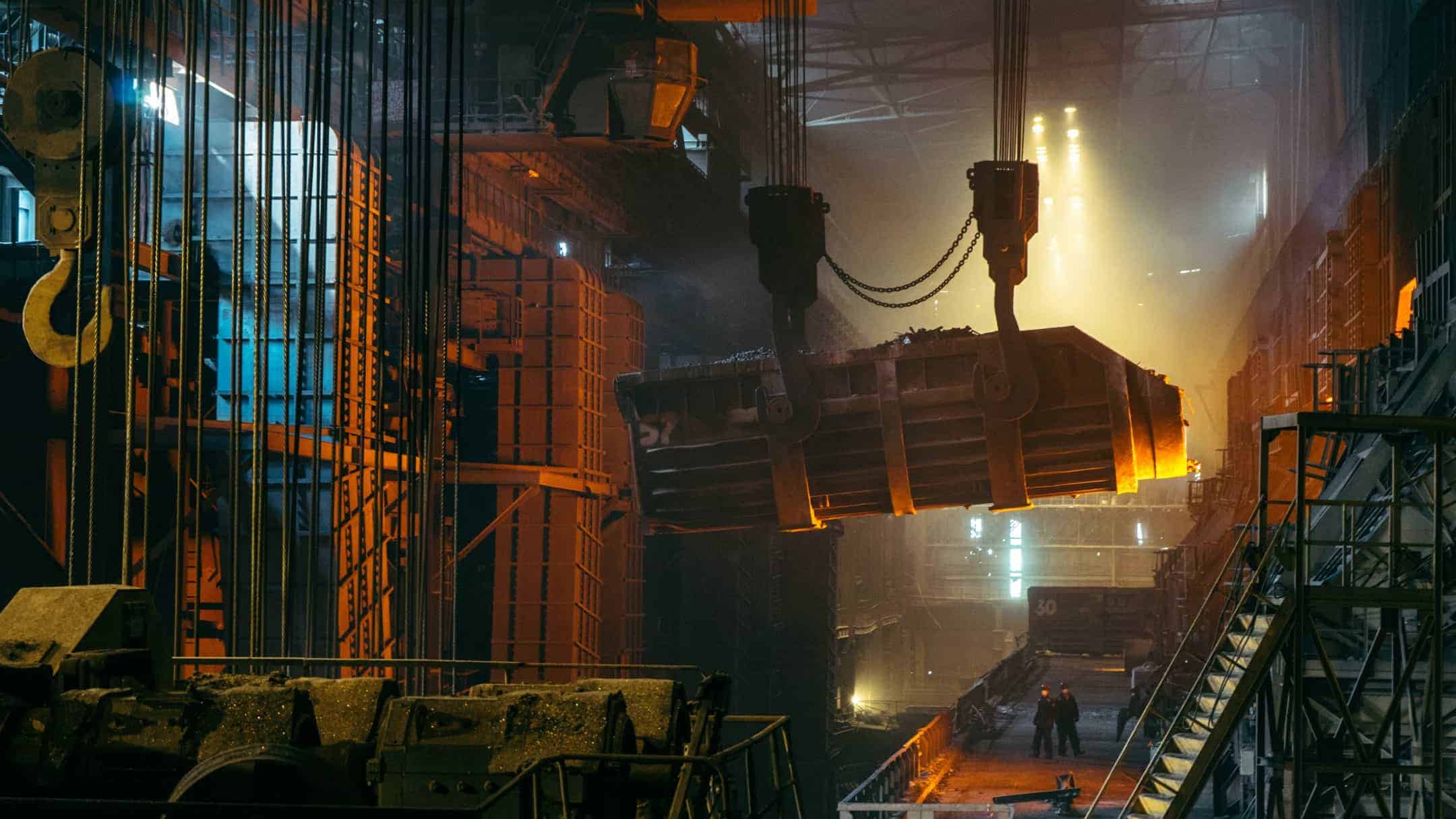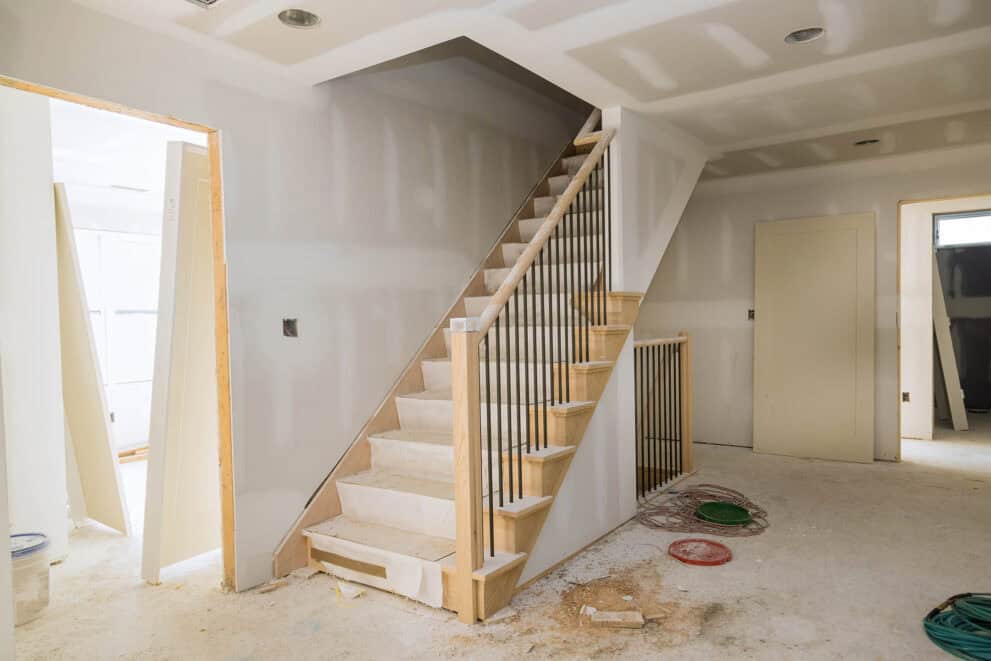When it comes to building and construction, certain practices can be considered unsafe building. These can lead to latent defects, which are faults or issues that may not be immediately apparent but can cause problems in the future. A latent defects policy protects against such issues, providing coverage for repairs and other associated costs.
We’ve taken a closer look at some of the common reasons for claims, and offer advice to policyholders on what to avoid…
1. Contaminated land
If contamination is discovered after building has started, there will be problems to resolve. Remediating substances like heavy metals and solvents can be slow and expensive, and staying put during the work may not be safe, or legal. Costs claimed may include alternative accommodation (or loss of rental income) plus property devaluation, policies varying on what is included.
For more about contamination, read our previous article, where we look at the steps you can take to get insurance cover against latent defects like this. Other issues relating to inadequate surveys include undiscovered asbestos and termites. Incorrect assessments of environmental factors such as soil condition, seismic risk and climate can also result in structural vulnerabilities that lead to claims.
2. Roofing problems
Water damage is a common source of LDI claims. Some of those claims can be very large, so it’s a particularly important area to be aware of. Issues include inadequate waterproofing, plumbing and drainage. These failures can lead to damp, mould and fungi. Despite the name, dry rot and wet rot involve moisture and fungi.
Water can also corrode steel, compromising steel-reinforced concrete. Materials can also be harmed by freeze-thaw cycles (think burst pipes) and can be damaged by chemicals dissolved into the water, such as chloride or sulphates from soil.
Substandard roofing, such as shoddy workmanship or inadequate flashing, can result in leaks and water damage These issues may trigger warranty claims related to water infiltration and the fixing or replacement of the roof.
In general, water is an insidious enemy in construction, attacking structures in many ways. Again, we offer a more detailed assessment of the topic.

3. Foundations and load distribution
Foundations transmit the weight of the structure downwards safely. Two identical buildings may require different foundations if soil and other factors vary, so inadequate survey is, again, often the source of problems here.
Issues overall include inadequate design or implementation of foundations, and soil movement that is more than anticipated or is differential (uneven).
Foundation issues and water-related problems interact – changes in moisture content cause soil to shrink or swell, endangering foundations. Errors with foundations may lead to damaging interaction with elements such as buried pipes.
Foundations aren’t the only load-bearing elements, of course. Claims may arise from inadequacies in load-bearing walls, or insufficient structural reinforcement. Structural deficiencies may become apparent through sagging floors, leaning walls, or visible cracks.
4. Compliance and materials
A failure to comply with the building regulations may lead to numerous deficiencies that may not become apparent until after occupancy, including safety hazards and long-term structural issues.
Substandard materials, such as low-quality lumber, inadequate fixings or fasteners, and inferior concrete mixes, can lead to slow failure. Steel, too, might be lower in quality than needed, and elements such as reinforcing bars may simply be smaller than required.
Be sure you know your ongoing obligations
Poor maintenance and upkeep, including failure to address problems promptly, can exacerbate structural problems over time. This can lead to policies being invalidated. Various other obligations will be set out in the policy. Failing to follow them can endanger a claim, and the language used can be impenetrable for most, even where regarded by specialists as industry-standard.
To ensure the best outcome, it’s vital to find a knowledgeable partner who will work with you at all stages of your process.
Ensuring unsafe building protection and warranty protection with BuildSafe
It is important to address and avoid unsafe building practices to reduce the risk of future structural warranty claims and ensure the building’s safety and durability. To secure the appropriate, comprehensive, and competitive policy, it is essential to engage a specialist broker like BuildSafe. As a trustworthy partner, we will also help you understand the obligations and benefits stated in the policy’s fine print, saving you time and providing you with certainty.
BuildSafe is the UK’s leading specialist broker of construction insurance policies such as LDI. To find out more, please use our contact page.






